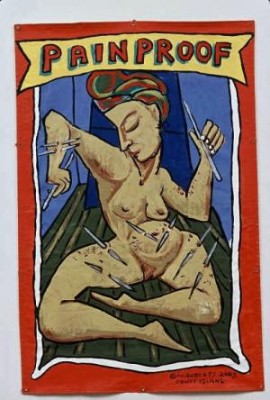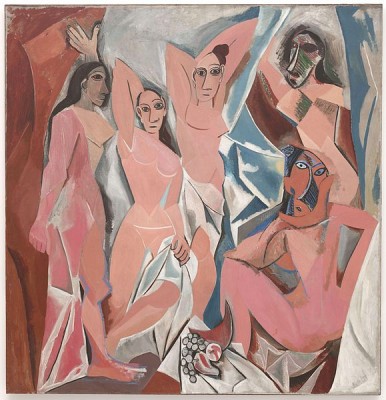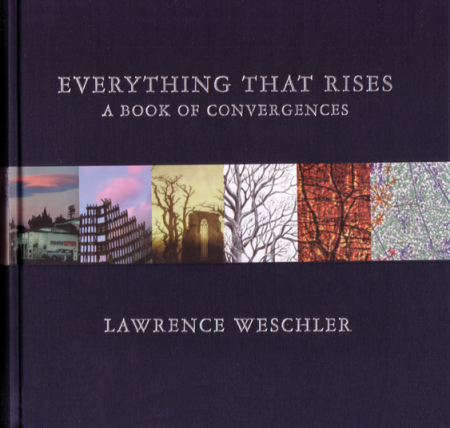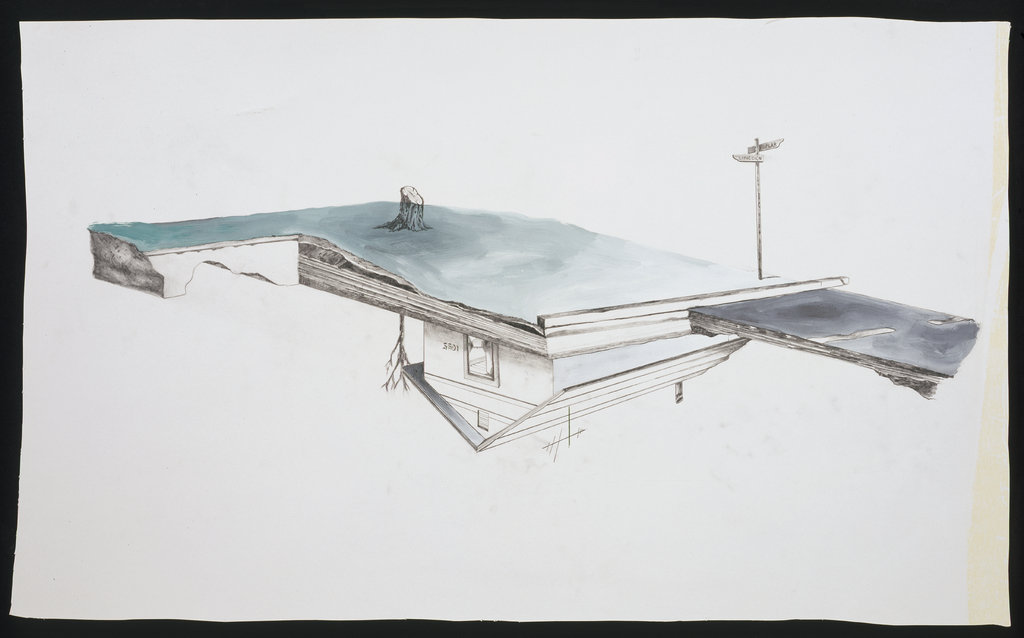
Biologists have this term, “convergent evolution.” It describes the phenomenon wherein organisms end up sharing similar characteristics even though they are evolutionarily and genetically disparate. Wings are the classic example: Birds, bats, and insects all have them, utilize them to feed, nest, and go about their lives. But each animal evolved separately into flight – sometimes in different environments – but for the same basic reasons.
Or, consider the body shape of a dolphin relative to that of the prehistoric ichthyosaur and to that of a shark. Dolphins are mammals, ichthyosaurs were aquatic reptiles, and sharks are fish. But there’s no denying the similarity in their sleek bodies, sharp dorsal fins, and toothy beaks. All three (1) live in the water and (2) hunt. They’re shaped accordingly, by coincidence, and not by relation.

Consider the Euphorbia, some species of which closely resemble our southwestern American cacti, but which are more closely related to the poinsettia.
Consider the aptly named Hummingbird Hawk-Moth.
Now, without letting yourself get too mystical, consider the lovely convergence in the shapes of neurons, root systems, solar systems, and the internet.
Our human minds are naturally wired to find patterns, and to desire explanations for those patterns, and to make order from chaos by finding (or creating) patterns of our own. That also explains why it’s fairly easy to find convergences in art. In fact, our doing so is necessary to the work of both artist and curator.
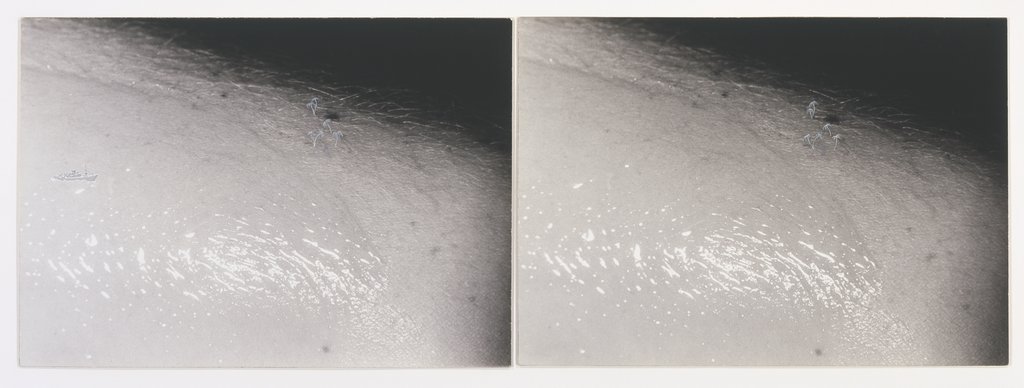
Take the modern interpretation of a vintage carnival banner below (via): A shapely, exotic woman poses with her genitals exposed, calmly and repeatedly penetrating herself with the tools of her trade. It seems obvious to compare her to the famous Les Demoiselles d’Avignon, in which Pablo Picasso depicts solemn-faced prostitutes from Carrer d’Avinyó in Barcelona, posing mundanely.
Banner artist Marie Roberts has likely allowed Picasso to influence her work on some level (it would be hard for any contemporary artist not to). But she could also feasibly argue a convergent evolution of aesthetic: Painters of turn-of-the-20th-century carnival banners had a vested interest in aligning themselves with the “primitive” and mysterious – themes which Picasso, too, explored during his so-called “African Period,” of which Les Demoiselles was a cornerstone. (On the other hand, both Roberts’ and Picasso’s work would have “evolved” from West African indigenous art, in this scenario, so the pieces share a common ancestor after all.)
I admit that I fixated on the idea of convergences after sustaining several deep cuts in a bike accident, this past week. My friend, a nurse, advised me to track possible infection by marking the perimeter of any redness with a pen, then seeing if the inflammation grew or shrank. Immediately, I thought of how Charlotte Gainsbourg’s character employs a ring of wire to measure the movement of the encroaching planet, Melancholia, in Lars von Trier’s 2011 film of the same name. No matter what you think of von Trier, or his film, this seemed a lovely confluence of science (the medical gauge, that is, though it was implemented via the artistic action of line-making) and art (the film, though it was built upon a scientific base as shoddy as the twigloo its protagonists erect to protect them from inevitable destruction).
There’s something deeply satisfying about such convergences of art and science––the really organic ones, which seem to have evolved separately, but in so doing reached the same conclusion. A few years back, art historian Lawrence Weschler published Everything That Rises: A Book of Convergences, an engaging compendium of the juiciest among these parallels, drawn from the gamut of disciplines and natural occurrences. His publisher, McSweeney’s, launched a contest to celebrate its release, inviting readers to submit their own convergences. My favorites in those entries easily bridge the gap between the so-called left (computational) and right (creative) brain: here, here, and here. Weschler responds to his readers in kind, with new convergences of his own. The urge to pattern-finding is infectious.
Consider yourself warned: Once you start to look for convergences in the wild world around you, it could be difficult to stop. Even the irreligious may be tempted to find meaning in everyday things: a new species of monkey in a botched fresco of Jesus, Jane Russell in a piece of toast.
Keep your wits about you. Don’t go looking for answers. Just let cool things hold hands with other cool things, like the microscopic tardigrade or “water bear,” and Jose Eduardo Nasello’s sack cloth caricature of Gerard Depardieu. If there’s any meaning to be gleaned at all among them, perhaps it’s just that age old saying: There’s nothing new under the sun. Even so, there sure is a lot under the sun. Why not bask in the in-between?
Get Walker Reader in your inbox. Sign up to receive first word about our original videos, commissioned essays, curatorial perspectives, and artist interviews.
